Cloud Infrastructure Entitlement Management (CIEM) helps businesses manage and control access rights and permissions within their cloud environments, ensuring compliance and security.
CIEM solutions address challenges related to managing user permissions in complex cloud infrastructures. Security teams gain visibility into the entitlements of various identities, making it easier to enforce least privilege access. These tools often integrate with existing cloud platforms to streamline permission management and reduce security risks.
What are the critical features of CIEM?
What are the benefits of implementing CIEM?
CIEM is implemented across various industries, including finance, healthcare, and technology sectors, to ensure that sensitive data and applications remain secure. In finance, organizations use CIEM to comply with stringent regulations, while healthcare entities protect patient information. Technology companies leverage CIEM to secure development and deployment environments against unauthorized actions.
Cloud Infrastructure Entitlement Management is essential for organizations seeking to maintain robust security and compliance in their cloud environments. It ensures that only the right individuals have access to sensitive resources, thereby minimizing the risk of data breaches and other security incidents.
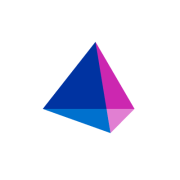






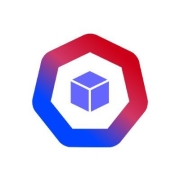

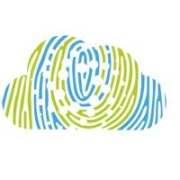
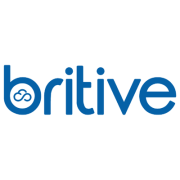
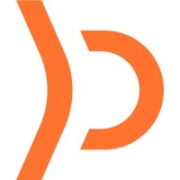

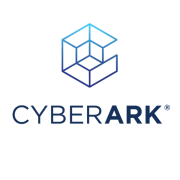
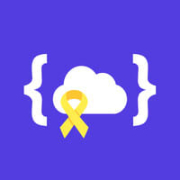








Cloud Infrastructure Entitlement Management solutions provide critical features including automated entitlement discovery, user access analytics, risk assessment, and compliance reporting. By automating these processes, you can streamline authorization management across your cloud environment, reduce the chances of over-permissioned accounts, and enhance your overall cloud security posture.
How does CIEM improve cloud security?CIEM enhances cloud security by offering continuous visibility into who has access to what resources and how they are using those permissions. By implementing automated monitoring and alerting, CIEM solutions help you detect anomalies in real-time and facilitate the dynamic adjustment of permissions to prevent unauthorized access and reduce the risk of data breaches.
Why is automated entitlement management important?Automated entitlement management is crucial for efficiently handling the complexity and scale of modern cloud environments. Manual access management processes are prone to errors and can lead to over-privileged access, which increases security risks. Automation ensures accurate and timely entitlement adjustments, helping you maintain least privilege principles and comply with regulatory standards.
What challenges do organizations face without CIEM?Without CIEM, organizations often grapple with limited visibility into cloud entitlements, leading to difficulties in identifying and managing over-privileged accounts. This lack of visibility increases the risk of data breaches and compliance violations. Organizations may also struggle with inefficient manual processes, which can be labor-intensive and error-prone.
How does CIEM integrate with existing security frameworks?CIEM solutions are designed to seamlessly integrate with your existing security frameworks and cloud service providers. By leveraging APIs and connectors, CIEM tools align with your current identity and access management protocols, enhancing your security operations without disrupting existing systems. This integration supports a centralized approach to managing cloud entitlements across different platforms.